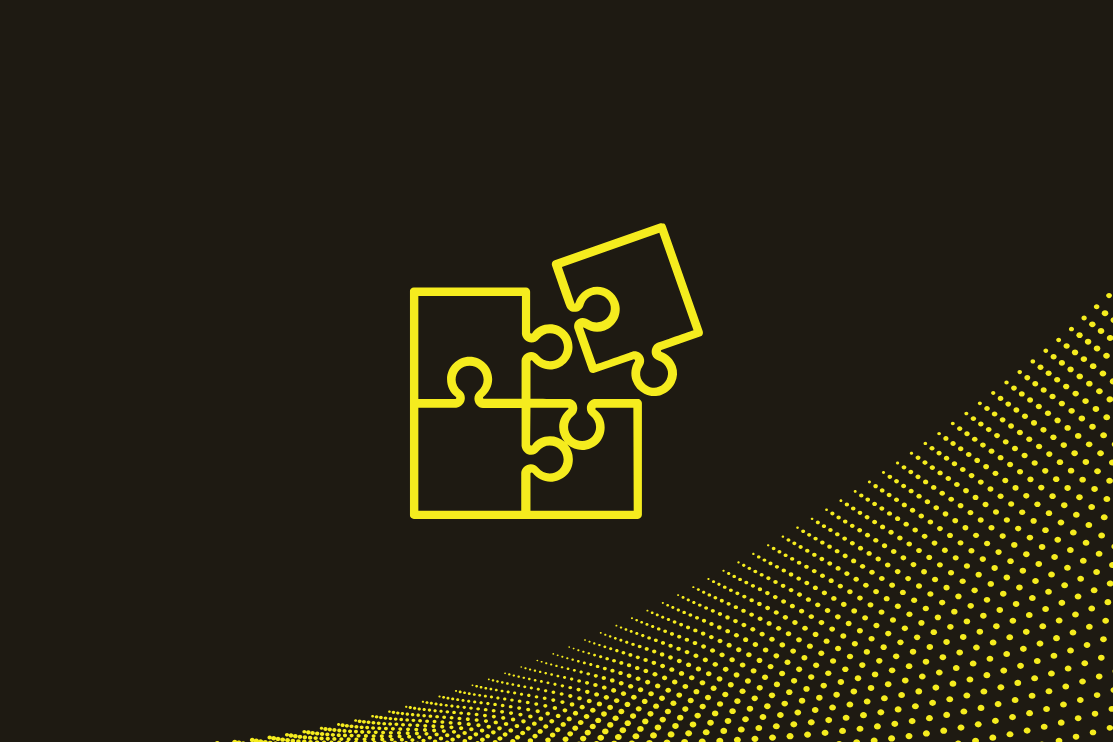5 Considerations for K12 School Districts Before Purchasing College and Career Readiness Software
5 Considerations for K12 School Districts Before Purchasing College and Career Readiness Software
5 Considerations for K12 School Districts Before Purchasing College and Career Readiness Software
5 Considerations for K12 School Districts Before Purchasing College and Career Readiness Software
5 Considerations for K12 School Districts Before Purchasing College and Career Readiness Software
5 Considerations for K12 School Districts Before Purchasing College and Career Readiness Software
Don't miss our breakout sessions!
Book time with our team on-site!
Our team is excited to meet you. Book a time that works best.


College and career readiness platforms and software have become a critical tool for school districts to support students, families, and staff in creating a comprehensive CCR culture and program. These platforms typically provide resources, guidance, exploration tools, and an interactive repository for students as they consider, plan, and navigate through high school to a postsecondary destination. In short, the CCR platform becomes the hub for a student’s postsecondary exploration and planning journey.
Every district's process for procurement can be different due to a variety of multiple factors. Some districts come with experience, pains, and knowledge of what they and their counselors want. Whereas others may be just entering the realm of taking College and Career readiness from paper to digital. As districts look for and implement a CCR platform, it is critical that they approach the selection process thoughtfully and strategically–taking into account several factors well beyond the features and IT components.
Use the tips below to think through this process; when done with forethought and community engagement, the selection of, or transition to, a new CCR platform can spark and revitalize engagement with CCR processes and tools.
1. Keep Implementation In Mind. And Include Steps For A Smooth Transition In The Procurement Process.
It is critical that students–and seniors in particular–have a consistent platform for their college or employment considerations from the beginning to the end of the school year. The transition from one system to another should ensure that student records and previous input are not lost. This can include transcripts, current course schedules, preference surveys, resumes, letters of recommendation, and other artifacts. High quality CCR programs engage students from 9th grade, and sometimes even in middle school, and beyond. Ensuring that this work is archived from a previous system or process to the new system without data loss prevents resentment on the part of students and builds confidence in the district’s selection of the new system and its ability to support students. This may mean that districts build in overlap between old systems and new systems in order to transition all data and documentation.
2. Plan To Train Staff On New Initiatives and Tools Appropriately.
Introducing software can be exciting for those involved in selection. However, the end user can often feel dismissed when these transitions occur. You need to ensure that you have an effective rollout plan for training that gives everyone time to be comfortable with your new tools. Granting access to new tools on the first day of back to school or other high capacity events throughout the year can leave a transition feeling less than successful.
3. College And Career Readiness Is A Year Round Process.
High School can feel like a race against the clock for students as soon as they walk through those doors in freshman year. They have 4 years to learn and excel as much as they can before being thrust into the world. Everything from course selection and planning, career exploration, finding internships, extra-curriculars, FAFSA submissions, college applications and acceptance, Off-site visits, work-based learning opportunities, can be affected by the work counselors do every day. As soon as one season passes, the district enters another and it can feel like a non-stop cycle. The sooner you introduce tools to help, the sooner you can relieve your incredible team who puts their time and hearts into helping students.
4. Consider The Levels Of Approval Required To Make The Purchase.
For many K12 school districts, there is an order of operations when selecting and purchasing software and tools due to the use of different types of funding. You want to make sure that going into the process, you understand the timeline and levels of approval that will be required. This will help both you and the service provider ensure you achieve your goal and target launch time.
5. Free Does Not Always Mean Good. Remember: You Get What You Pay For.
We live in a world today where many amazing products are offered to the public for free, but as we all know; Free comes at a cost. Facebook is offered for free, but platform data is provided to advertisers in exchange. A Restaurant may offer free delivery, but then expect you to tip. Wi-fi can be free at a coffee shop as long as you purchase the coffee.
Then there is the other side, where you settle for the free option and realize you don’t have access to specific features that would serve your needs better. You develop workarounds that eventually become difficult to remember and manage as time goes on. You choose the harder route to save money and offer your time and mental suffering in exchange. College and career readiness platforms should make your life easier, not more confusing and frustrating.
Use the Implementation and Transition Process to Bolster CCR
Migrating a district to a new CCR software system can seem overwhelming. However, with strong planning ahead of time, iterative steps of implementation, transparency of practice, and persistent engagement, it can not only be successfully navigated but serve as a catalyst for deepening the communities’ understanding of best CCR practices.
Related Posts
See All




